Velocity Credit Union is a full-service financial institution that provides our community unique value through a personalized local banking alternative.
The credit union was originally chartered in 1947 as Austin Municipal Federal Credit Union to serve City of Austin employees. In 1998, we moved from a federal to a state charter, and became Austin Metropolitan Financial Credit Union (AMFCU) to better reflect the changes in our membership.
In January 2003, we changed our name to Velocity Credit Union. We took all the good things about AMFCU and added a more open membership to create a credit union with new energy and purpose. You can count on us to continually provide you with a full array of financial products and services to meet your needs now, and in the coming years as your needs change.
Today, we’re one of the largest and strongest credit unions in the state of Texas. We have over $1 billion in assets, and serve more than 88,000 members.
Our community charter is open to anyone that lives or works in the five county area (Travis, Hays, Williamson, Bastrop, Caldwell).
We are committed to the long-established ideals of the Credit Union Movement: cooperation, self-help, independence, and non-profit operation. These ideals are put into action in many ways, every business day, to meet the wants and needs of today’s Credit Union members. We count on our members to be active participants in the cooperative. And we will remain dedicated to meeting these needs for decades to come.
About Credit Unions
A credit union is a cooperative financial institution, owned and governed by its members. Credit unions are not-for-profit, and exist to provide a safe, convenient place for members to save money and get loans at reasonable rates.
Velocity Credit Union is one of more than 6,000 credit unions throughout the United States that serve their memberships with low-cost loans and a variety of financial services. More than 109 million people — or a third of the country’s population — are credit union members, and the numbers are growing rapidly. Members quickly learn that handling their finances is less expensive, and service more personal than at other types of financial institutions. Credit union members report highest satisfaction levels among all financial institutions.
Our History
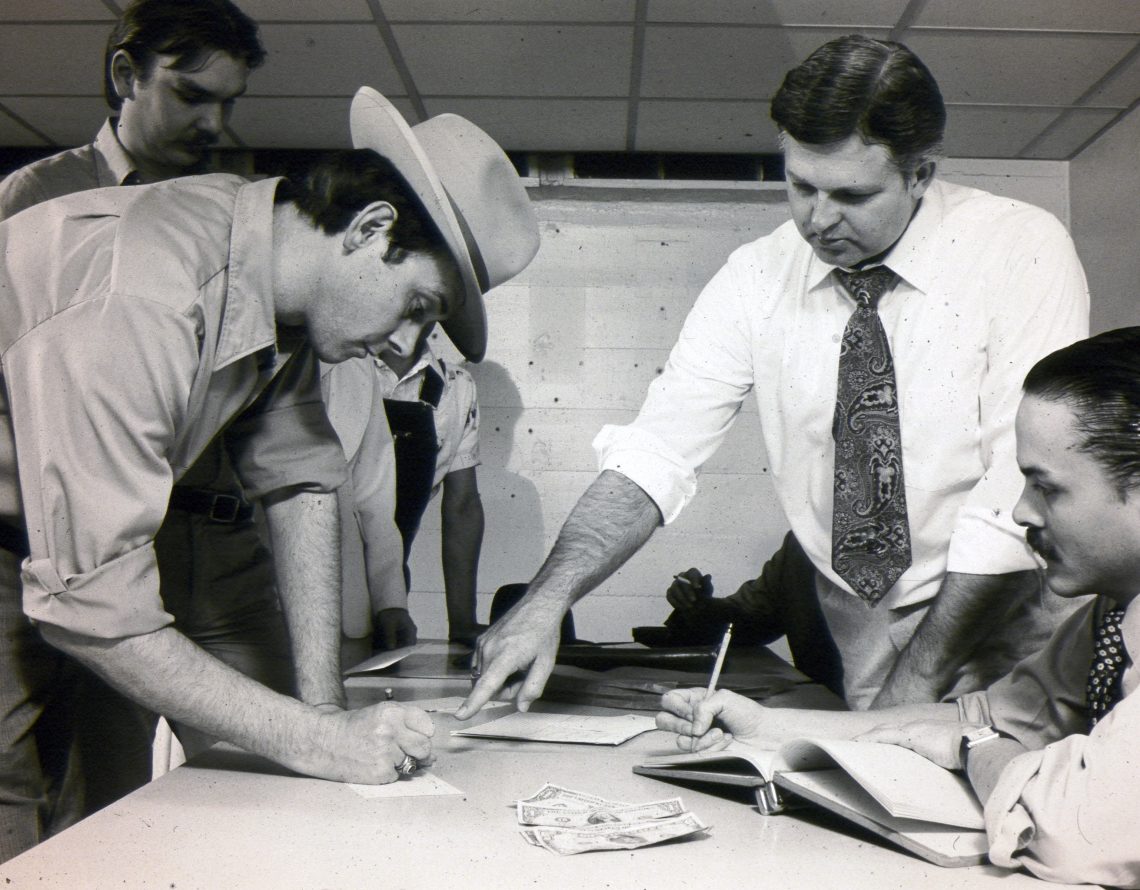
Sep 1947
Velocity charters as Austin Utilities Federal Credit Union to serve the Utility department of the City of Austin. Eight City utility workers organized the first Credit Union. Three services were made available to the 96 utility workers: a share account, unsecured loans up to $50, and a co-maker loan up to $100.
Apr 1948
The Credit Union expands to include all City of Austin employees, members of their immediate families and Credit Union employees. Our name changes to Austin Municipal Federal Credit Union to reflect our expanded membership field.
1960
Austin Municipal Federal Credit Union becomes the largest credit union in Austin, and the first to own its own building.
1961
Loan products expand, and the Credit Union hires its first loan officer.
1970s
Membership expanded to include City-owned Brackenridge Hospital, the related Central Texas Medical Foundation, and the Austin Housing Authority.
1980s
The Credit Union expands its membership by changing the definition of an immediate family member to include any relative of a Credit Union member. New Select Employee Groups (SEGs) are added to the field of membership on an ongoing basis throughout the decade, helping to supply the organization with new sources of members, deposits and loans.
1981
City of Round Rock employees are added to the membership field and an office is established in the Round Rock Municipal Building.
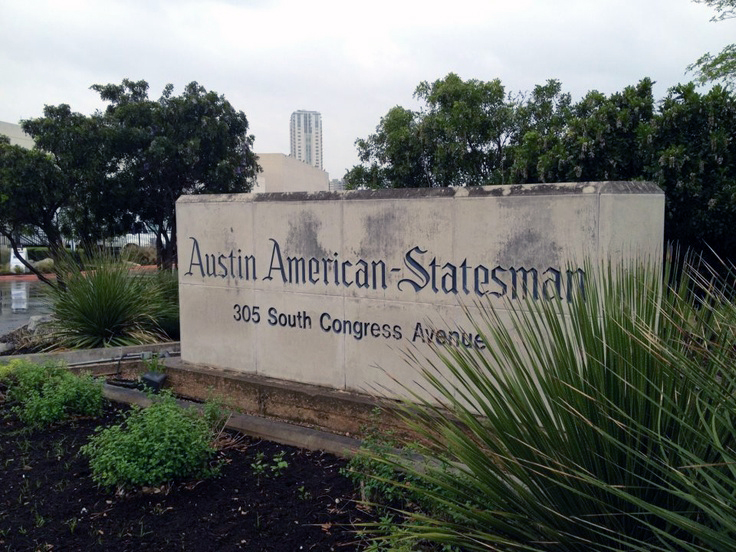
1982
The Newspaper Employees Credit Union merges with the AMFCU and an office is established at the American-Statesman Building. The Waltipsco Credit Union and the San Marcos Community Credit Union merges with AMFCU, and a branch office opens in San Marcos to serve the needs of the members there. The entire city of San Marcos becomes eligible for membership in the Credit Union.
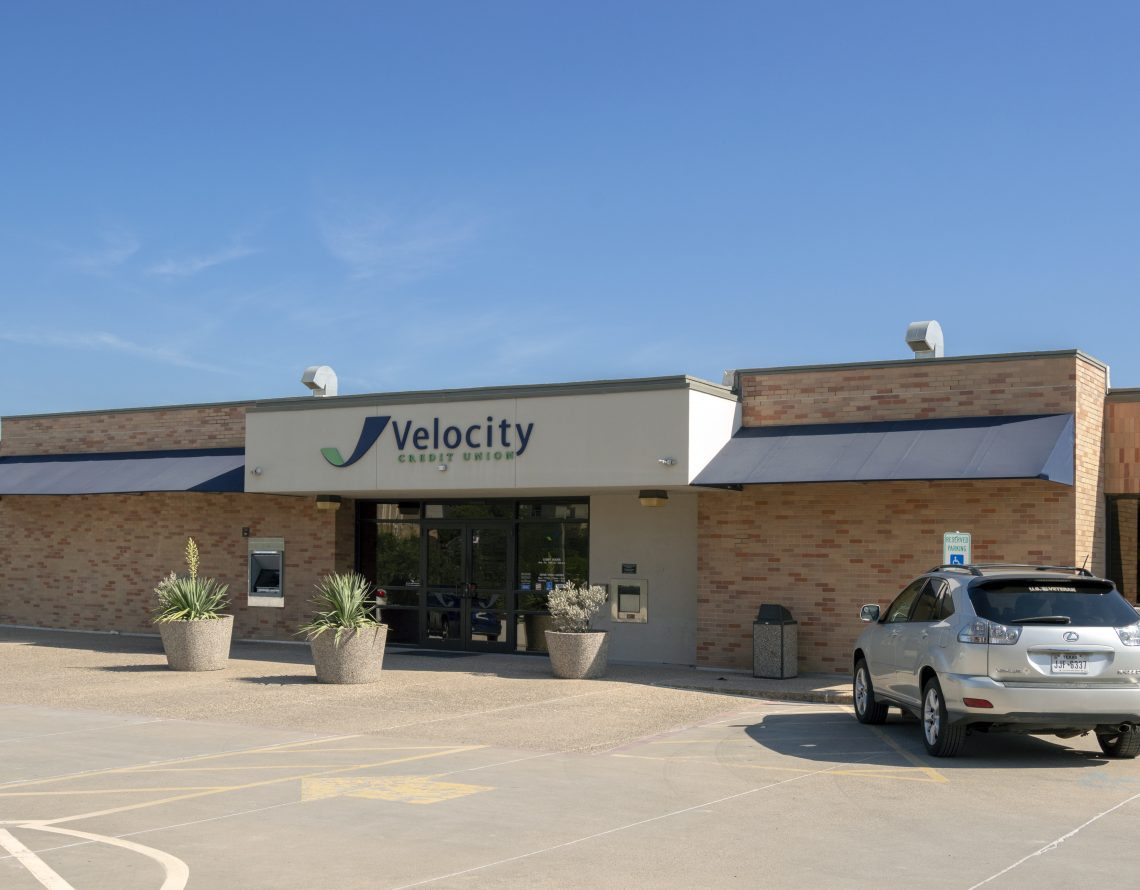
1984
The Credit Union renovates and expands its main office, more than doubling the size of the existing building. A seven-lane drive through facility is added and a new in-house computer system is added. The credit union installs its first ATM.
1987
The Night Hawk Restaurant Employees Credit Union merges with AMFCU, increasing the Credit Union’s total membership to 26,094 by the year’s end.
Late 1980s
The San Marcos and American-Statesman branches close due to severe weakening of the economy.
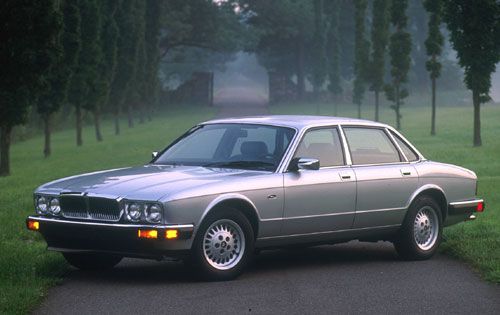
1991
AMFCU becomes the first credit union in Austin to implement an indirect automobile-financing program, resulting in a 15.05% growth in assets, ending the year with assets of more than $100 million.
1993
More ATMs are installed at sponsor locations.
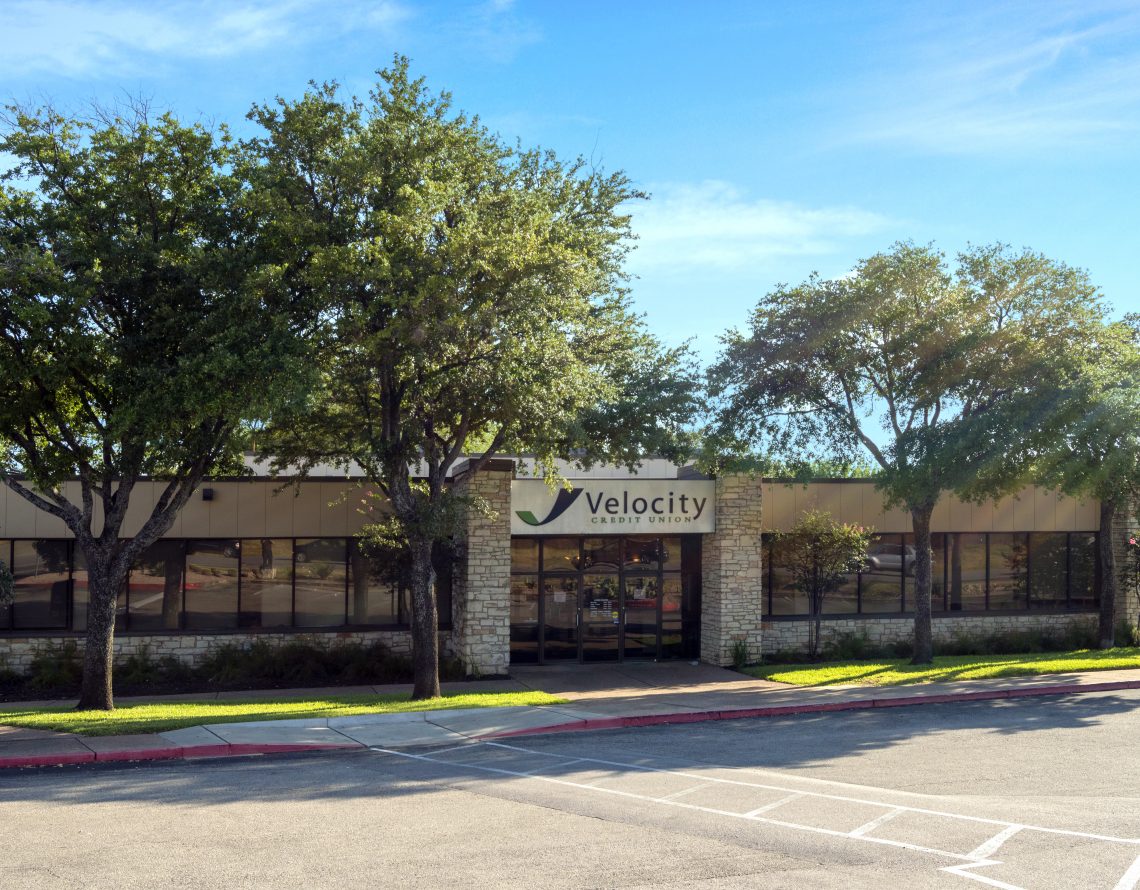
1994
A record volume of new car financing leads the Credit Union Times to declare the Credit Union’s growth as the sixth fastest in the nation. The main office is remodeled and the Round Rock branch office is purchased.
1995
Continued additions of sponsor companies added between 1990 and 1995 grow the number of membership groups to more than 200.
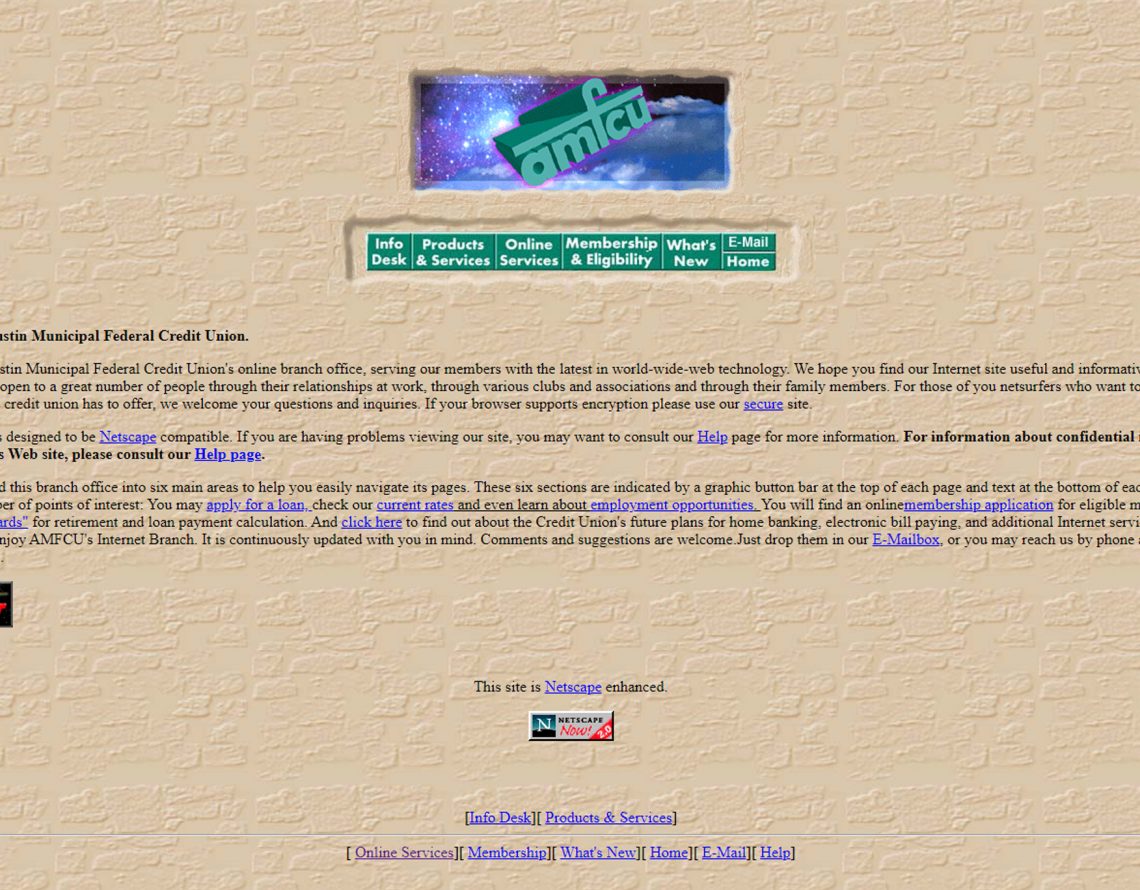
1996-1997
The credit union goes online with its first home page and the addition of Internet home banking. Bill paying by computer is added to the Credit Union’s list of services.
1998
The Credit Union begins making Home Equity loans in January, following the citizens of Texas’ vote in favor of the loans the previous year. Credit union members can now borrow against the equity in their homes. AMFCU reaches over $200 million in assets and begins to participate in shared branching programs as a temporary solution to the lack of branch offices. We switch from a federal to state charter and change the word “Municipal” in our name to “Metropolitan” to better reflect the changes in our membership.
1999
Our Second Street branch closes and a new, full service branch with drive through lanes opens in South Austin.
2000
AMFCU is granted a community charter for the City of Round Rock in the spring, expanding membership to anyone who lives or works in the City of Round Rock. That fall, the charter expands again to allow membership to anyone who lives or works within a ten-mile radius of any Credit Union branch.
2001
A shared branch opens at Austin Bergstrom International Airport. An electronic branch is installed at AMD, one of the Credit Union’s largest sponsor groups.
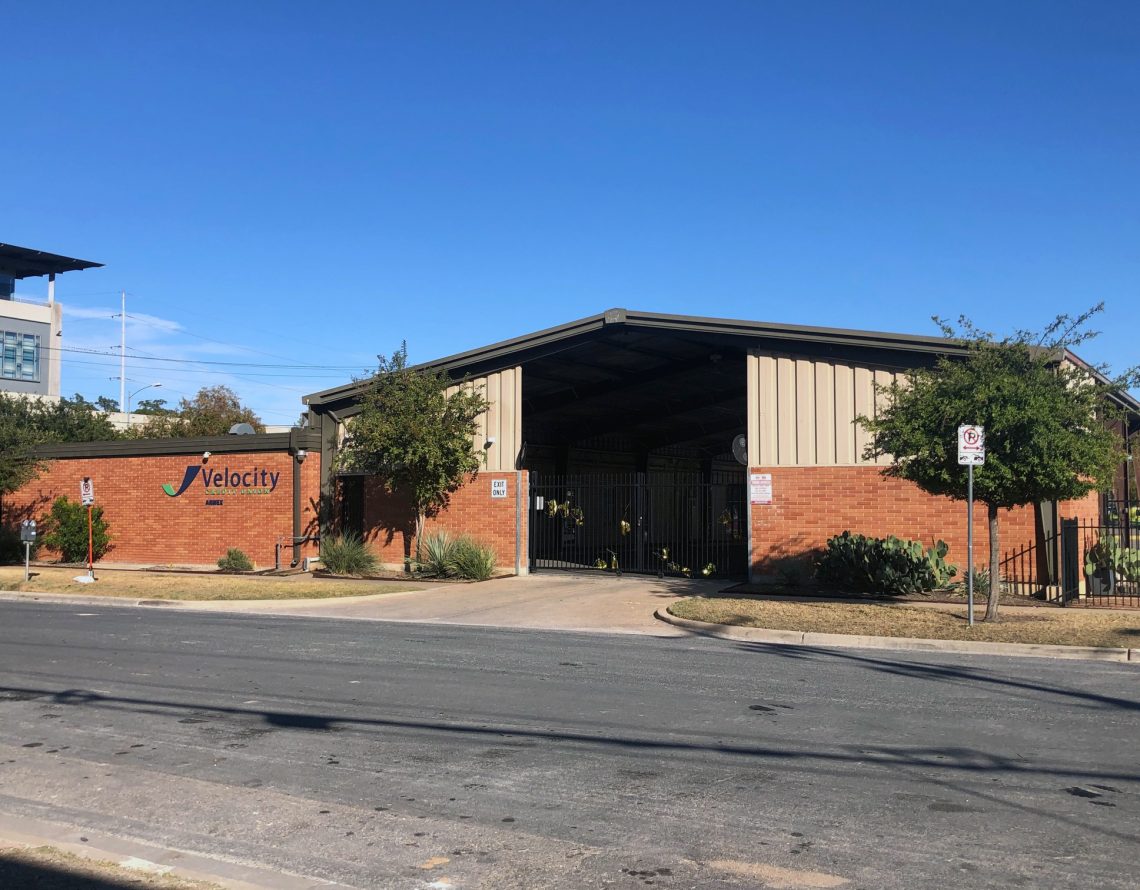
2002
Credit Union management begins the most dramatic re-shaping of the organization in its history -- a comprehensive, multi-year plan to “re-launch” AMFCU as a sleeker, faster and more modern organization. The plan includes a new name for the organization, a new branding and marketing strategy, expanded branch offices and ATM network, improved and streamlined internal operations, creation of a strong internal sales and service culture, and improvement of technical infrastructure. The Credit Union purchases the building across Sabine Street to relieve overcrowding at the main office.
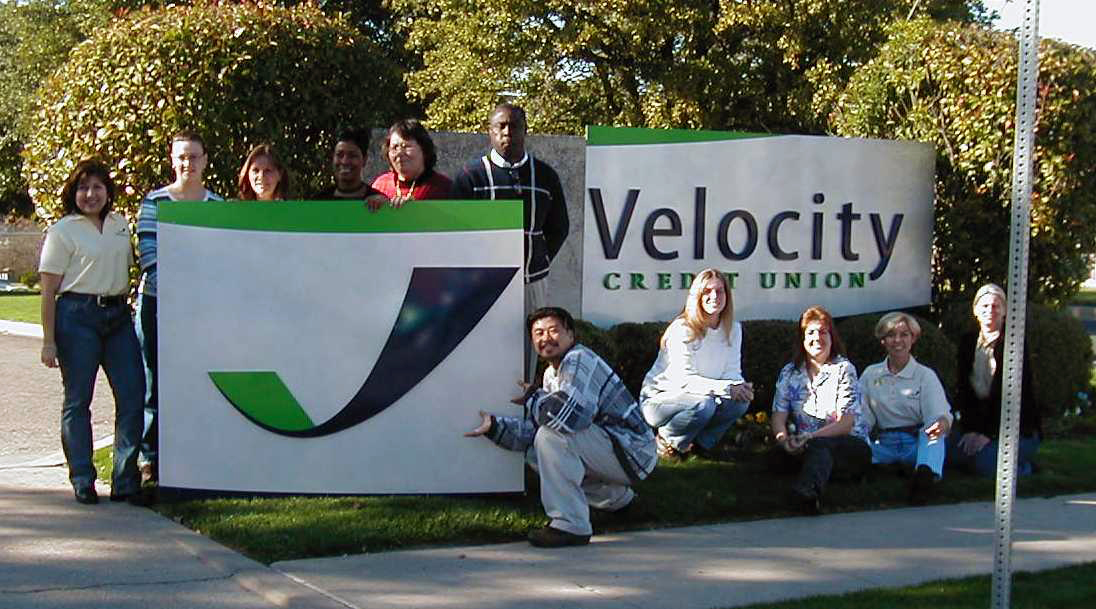
2003
We change our name again, to Velocity Credit Union. A new Member Service Center is launched to consolidate most member service requests and responses into a single call center, greatly simplifying members’ ability to obtain fast service and problem resolution.
2004
Velocity expands its network of service charge-free ATMs by joining a local alliance of credit unions. Several new ATMs have been added to Velocity’s primary network in the past two years. Membership expands to include anyone who lives, works, worships or attends school in our 5-county area.
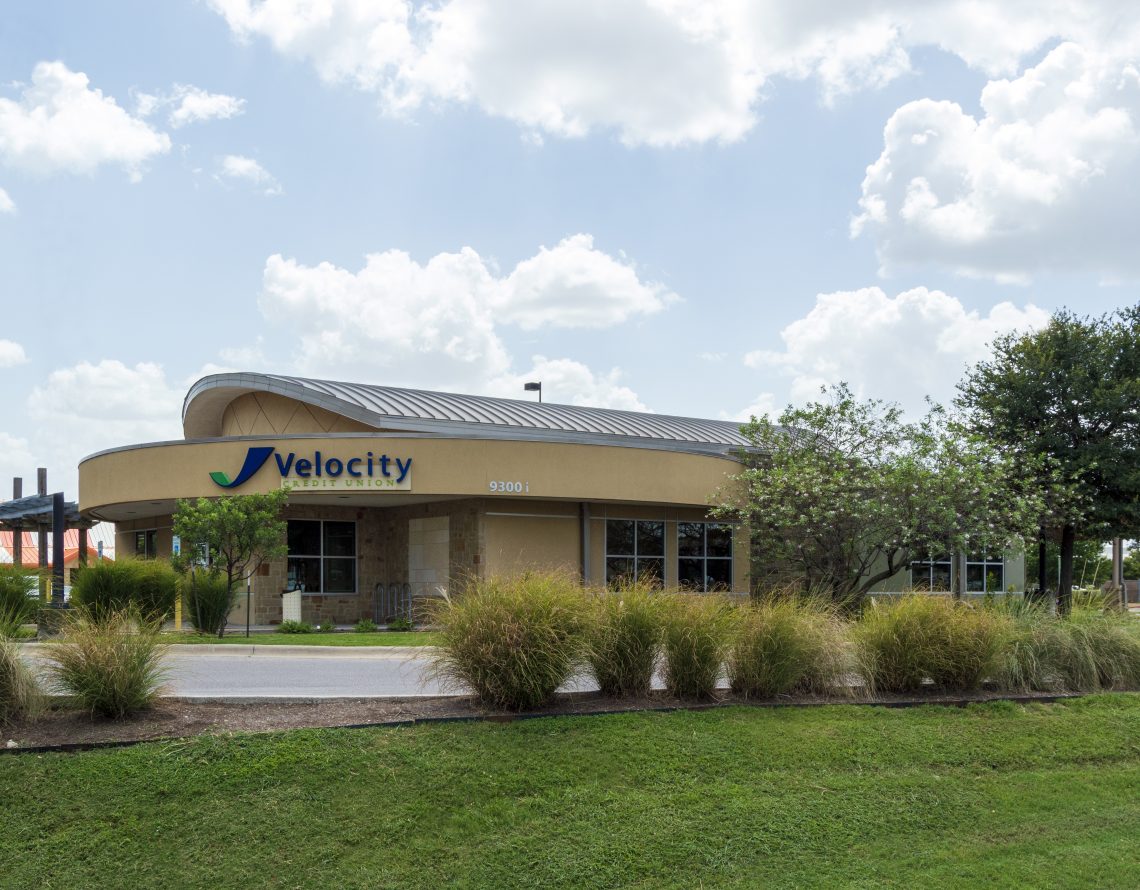
2005
By April, Velocity has opened new branch offices at Brodie Oaks Shopping Center, on Braker Lane, and on Slaughter Lane. The main facility remodeling is completed. By June, our assets have grown to approximately $500 million, and we now have more than 86,000 members.
2006
Velocity introduces a full line of business accounts.
2009
The Board of Directors unanimously appoints Deborah Mitchell as Velocity President/CEO.
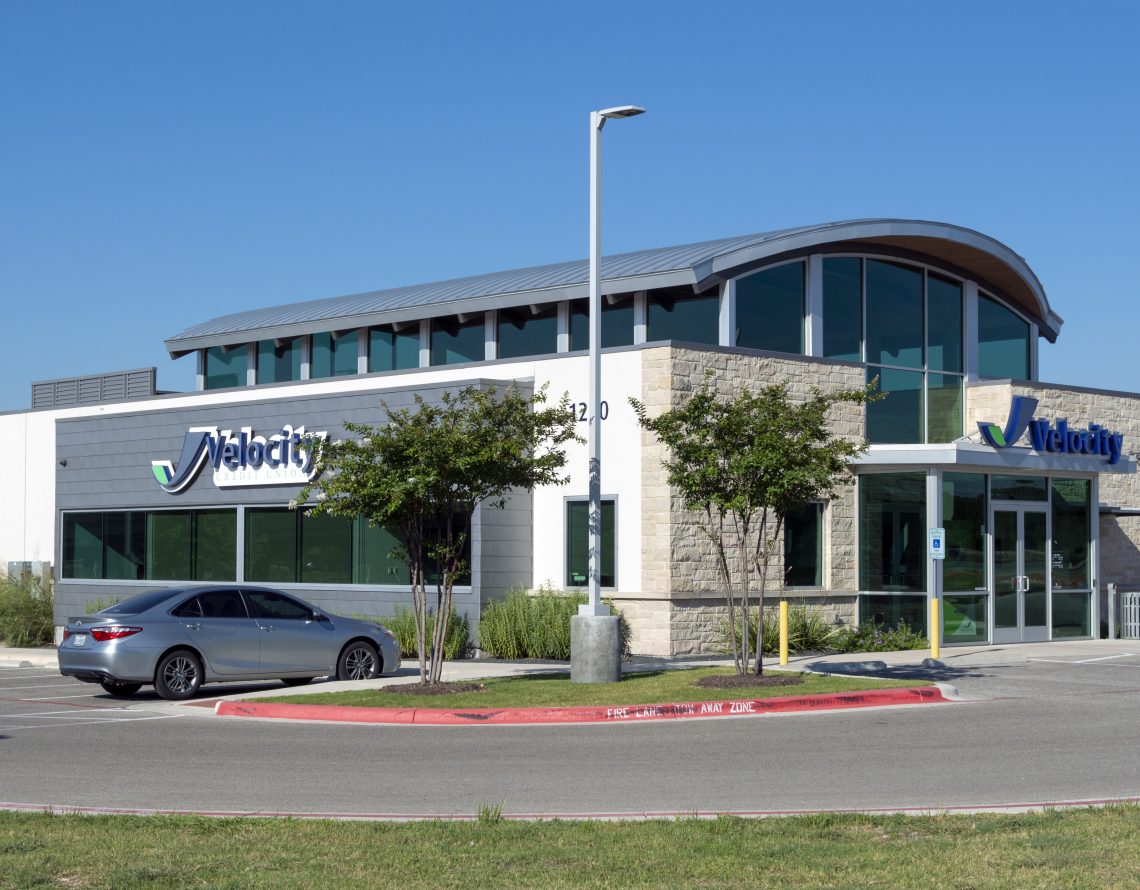
2016
Velocity opens a new branch in Cedar Park. The credit union overhauls its online banking and bill pay experience resulting in an easier, faster, and more consistent experience for users.
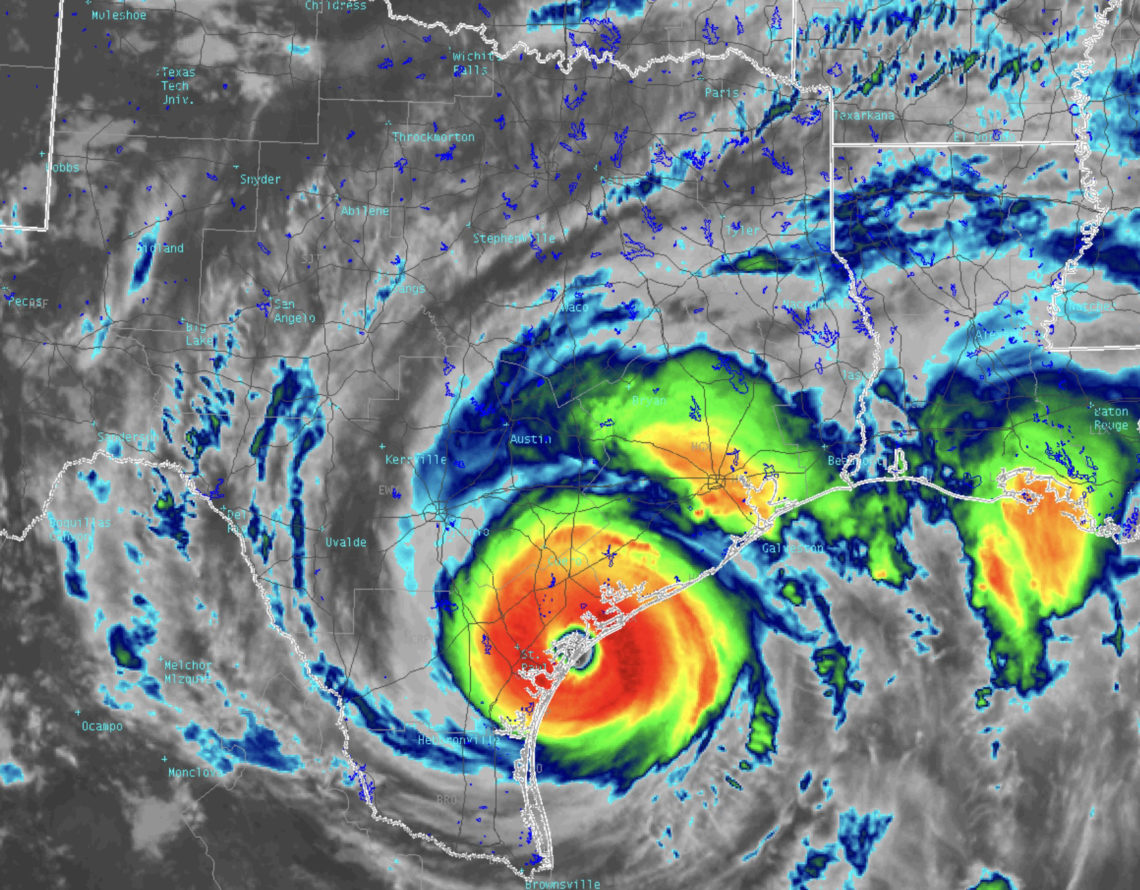
2017
The credit union and its members donate more than $14,000 to help the victims of devastating Hurricane Harvey.

2018
Velocity announces intent to place downtown Austin property on the market but to retain a full-service branch presence near the site "for decades into the future." The credit union introduces SecurLock Equip, a free app to monitor and control Velocity credit and debit cards. A new, company-wide phone system installation results in shorter on-hold times for members.
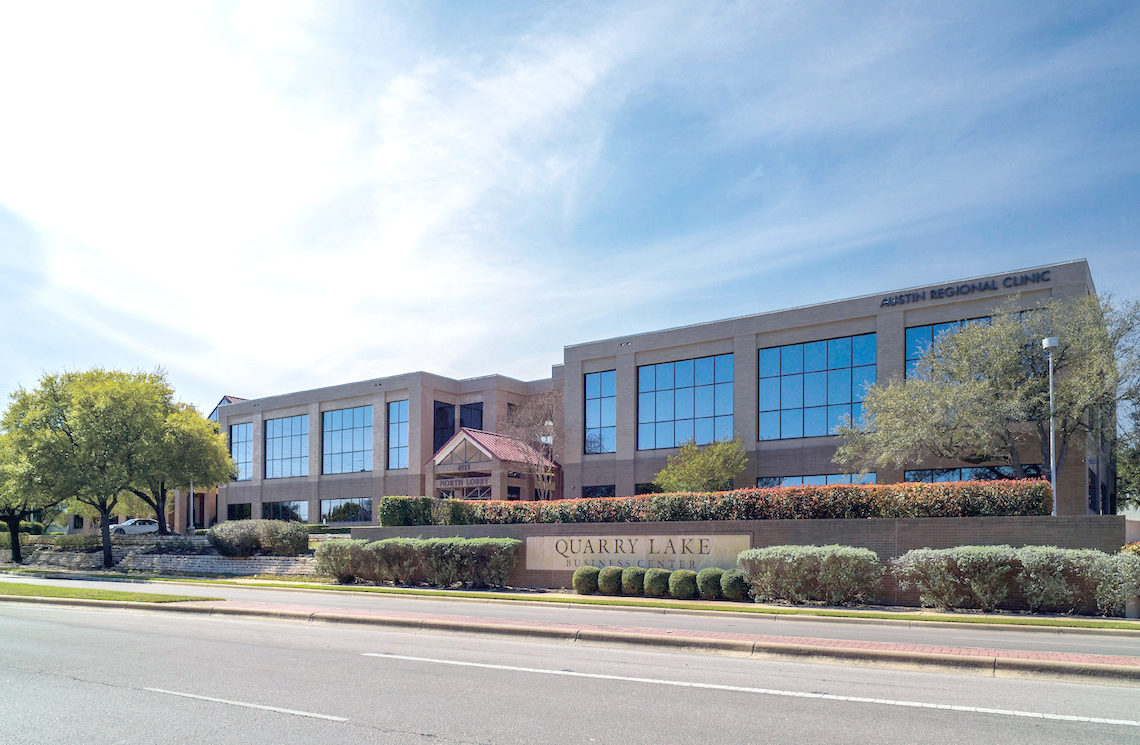
2019
Velocity purchases the Quarry Lake Business Center in Northwest Austin and arranges to relocate corporate operations there while planning the construction of its new downtown Austin branch. The company redesigns its website for the first time since 2012, resulting in improved navigation and updated information. In December, Velocity begins the demolition of its downtown branch.

2020
The credit union begins installing VelocityLIVE interactive teller machines (ITMs) which allow members to see and speak live with tellers and conduct many in-branch transactions at our ATMs. Construction begins on our new downtown branch across the street from our former downtown headquarters. Our branches remain operational as our lobbies close in response to the COVID-19 pandemic.